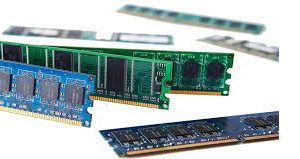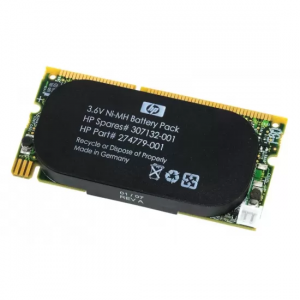HP 708483-L21 – HP E5-2407v2 (2.40GHz – 4C) DL360e G8 CPU Kit
₹0.00
Hewlett Packard Enterprise Intel Xeon E5-2407 v2, FIO Kit. Processor family: Intel® Xeon® E5 V2 Family, Processor socket: LGA 1356 (Socket B2), Component for: Server/workstation. Memory channels: Triple-channel, Maximum internal memory supported by processor: 384 GB, Memory types supported by processor: DDR3-SDRAM. Supported instruction sets: AVX, Scalability: 2S. Intel® Virtualization Technology (Intel® VT): VT-d,VT-xECC Memory Supported
ECC Memory Supported indicates processor support for Error-Correcting Code memory. ECC memory is a type of system memory that can detect and correct common kinds of internal data corruption. Note that ECC memory support requires both processor and chipset support.
Intel® Virtualization Technology for Directed I/O (VT-d)
Intel® Virtualization Technology for Directed I/O (VT-d) continues from the existing support for IA-32 (VT-x) and Itanium® processor (VT-i) virtualization adding new support for I/O-device virtualization. Intel VT-d can help end users improve security and reliability of the systems and also improve performance of I/O devices in virtualized environments.
Intel® VT-x with Extended Page Tables (EPT)
Intel® VT-x with Extended Page Tables (EPT), also known as Second Level Address Translation (SLAT), provides acceleration for memory intensive virtualized applications. Extended Page Tables in Intel® Virtualization Technology platforms reduces the memory and power overhead costs and increases battery life through hardware optimization of page table management.
Intel® 64
Intel® 64 architecture delivers 64-bit computing on server, workstation, desktop and mobile platforms when combined with supporting software. Intel 64 architecture improves performance by allowing systems to address more than 4 GB of both virtual and physical memory.
AES New Instructions
Advanced Encryption Standard New Instructions (AES-NI) are a set of instructions that enable fast and secure data encryption and decryption. AES-NI are valuable for a wide range of cryptographic applications, for example: applications that perform bulk encryption/decryption, authentication, random number generation, and authenticated encryption.
Execute Disable Bit
Execute Disable Bit is a hardware-based security feature that can reduce exposure to viruses and malicious-code attacks and prevent harmful software from executing and propagating on the server or network.




